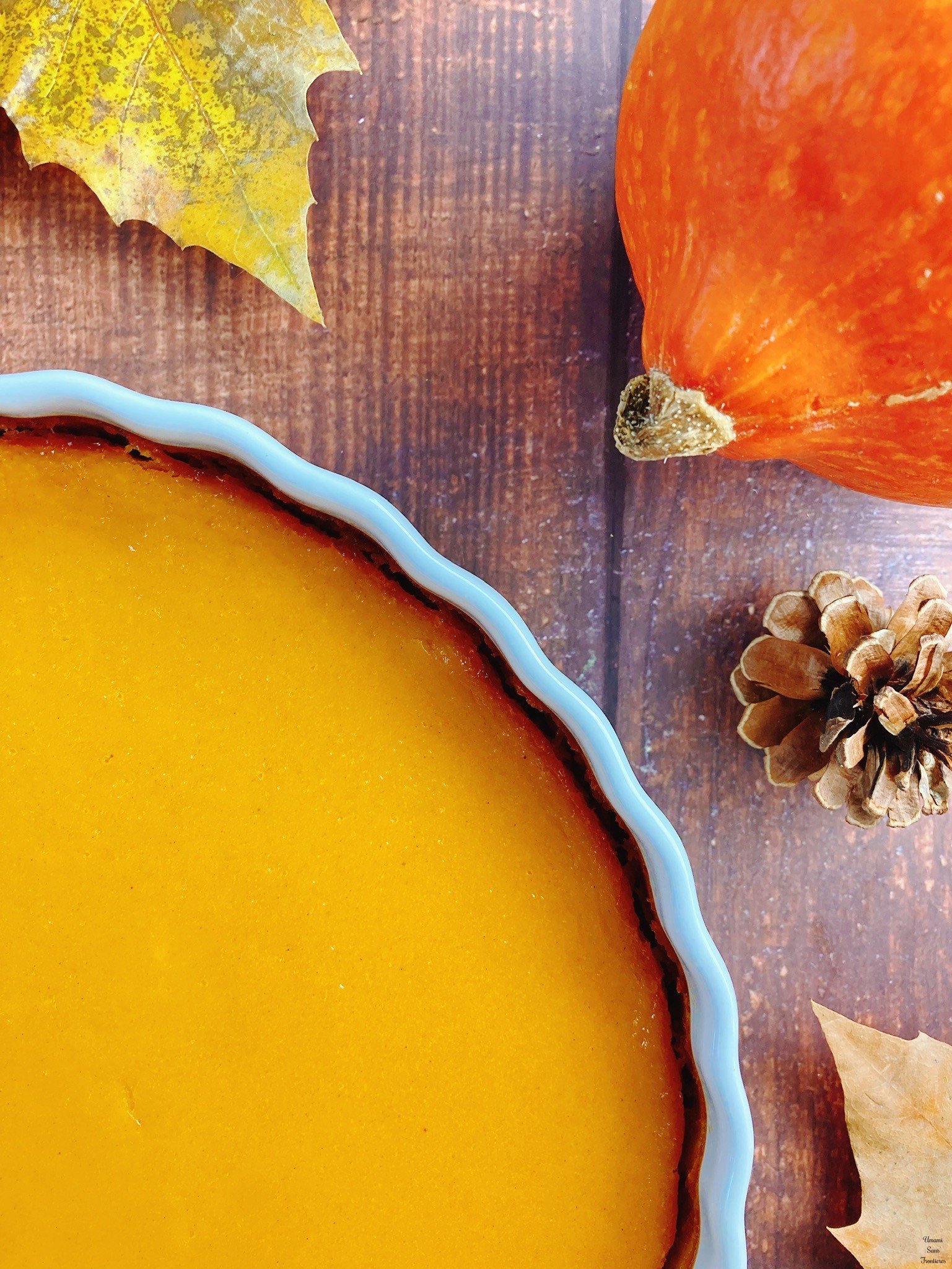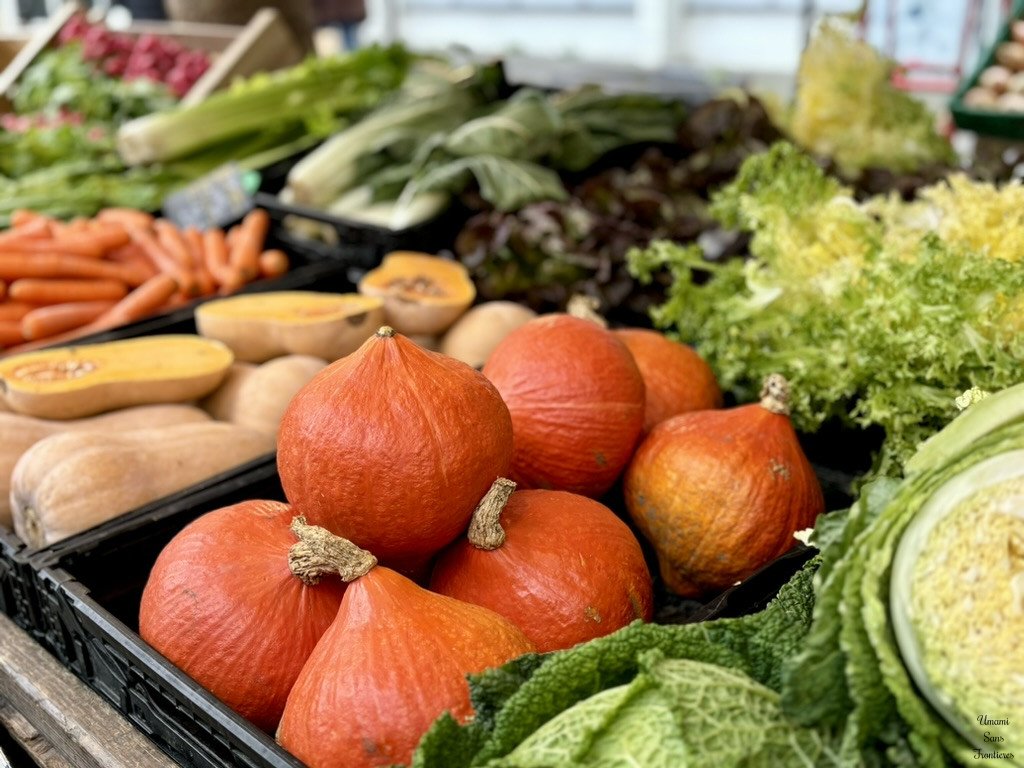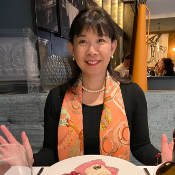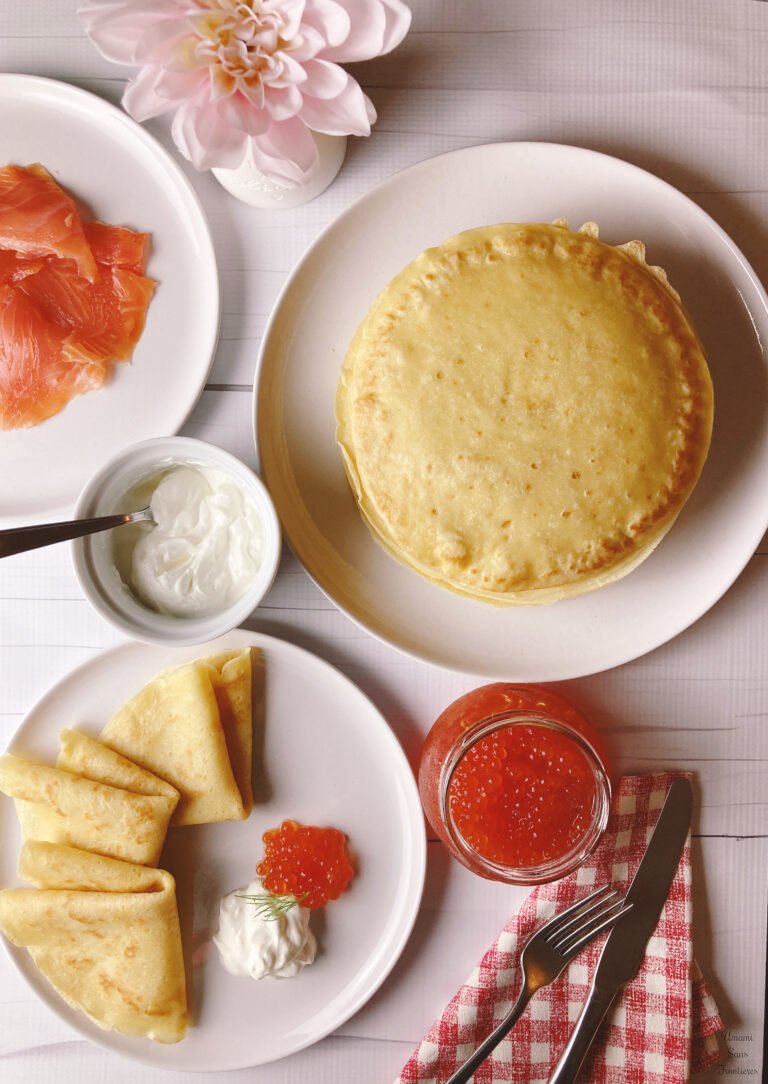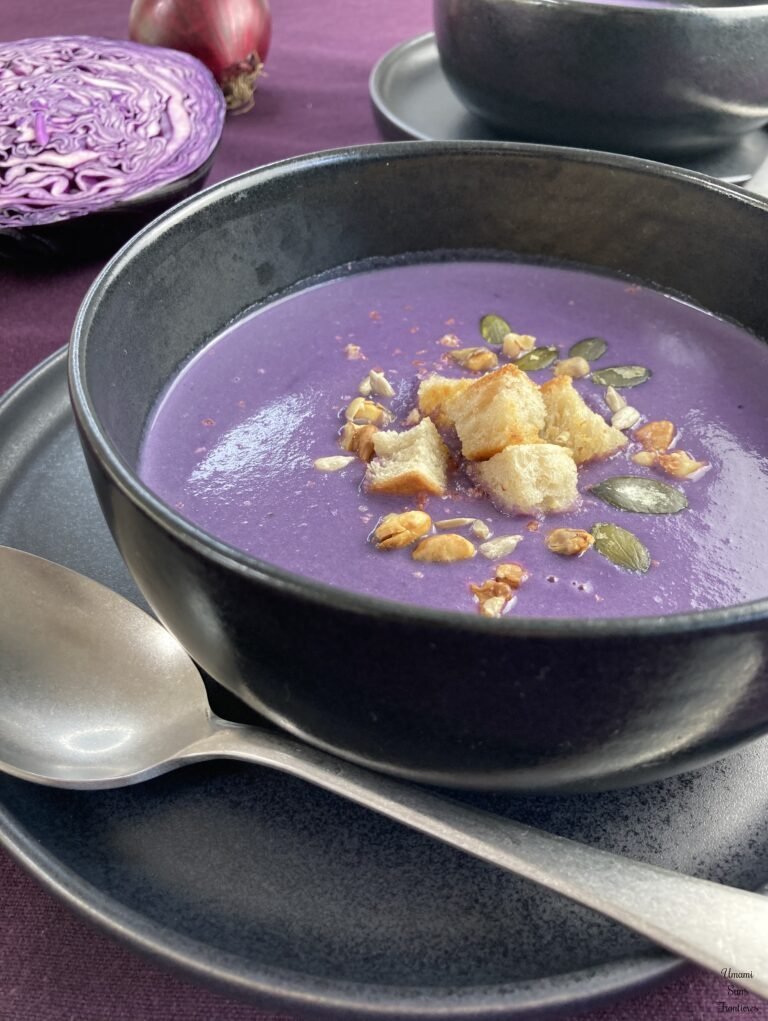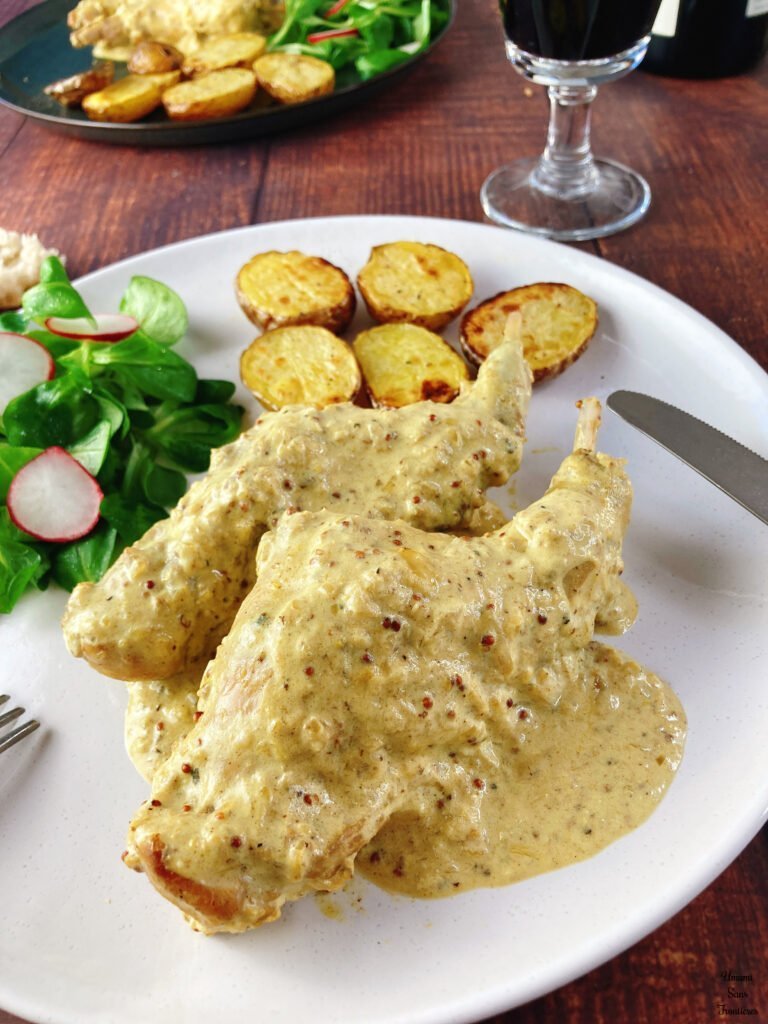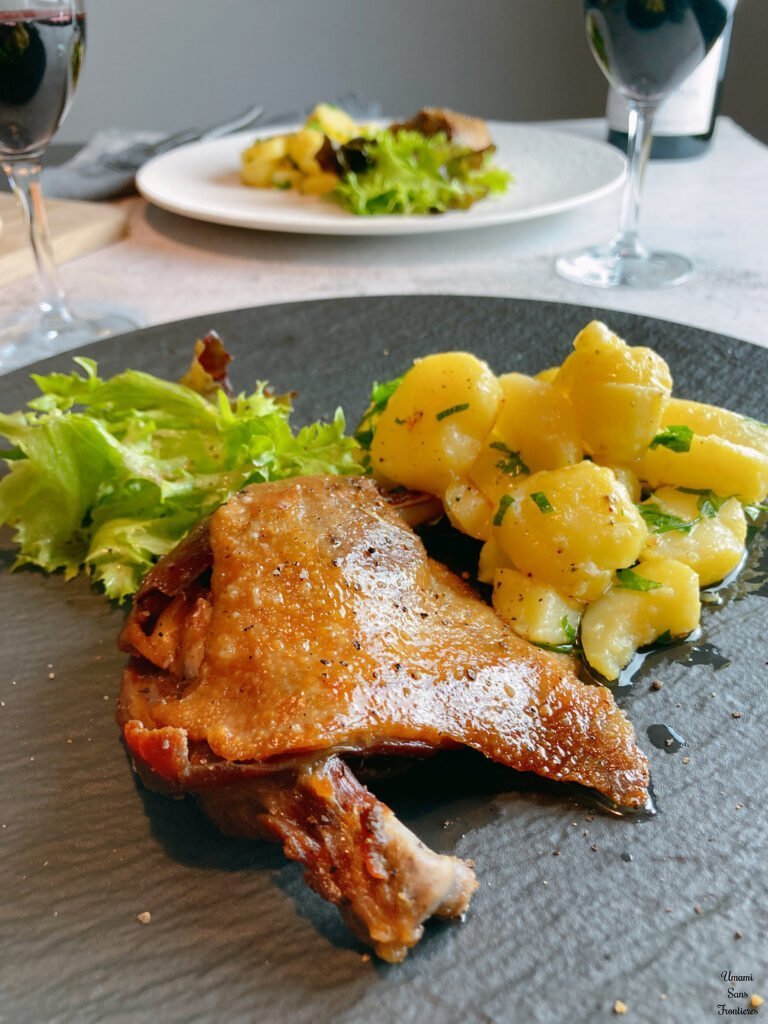When we think of autumn vegetables,
one that stands out above the rest is the pumpkin—especially as the iconic symbol of Halloween. While there are countless varieties of pumpkins around the world, today I want to take you on a journey through Germany, France, and Japan to explore how these countries embrace their own special pumpkins and the surprising connections they share.
My first encounter with a pumpkin in Germany was with one called “Hokkaido.” I spotted it at a supermarket in Berlin and immediately wondered if it had any connection to Hokkaido, Japan’s northern region famous for its pumpkins. After a bit of research, I discovered I was right! To my surprise, France also has a pumpkin variety called “Potimarron,” which looks and tastes remarkably similar to Hokkaido. Digging deeper, I uncovered some amazing ties between these three pumpkins.
🇩🇪 Germany’s Hokkaido Pumpkin
The Hokkaido pumpkin, true to its name, originates from Hokkaido, Japan (and yes, that’s key!). It boasts a vibrant orange skin, sweet flavor, and a chestnut-like, fluffy texture. Its ease of use—you can cook it with the skin on—made it an instant hit in Germany in the 1990s. It’s especially loved for soups and roasted dishes. Come autumn, Hokkaido pumpkins flood the markets and supermarkets, and they’ve become a favorite in the world of organic produce.

🇫🇷 France’s Potimarron
Potimarron is a favorite in France, known for its rich, sweet flavor and fluffy texture that closely mirrors Japan’s kuri kabocha. With its reddish-brown or orange skin and creamy sweetness, it’s perfect for soups, purées, and gratins. The fact that you can cook it with the skin on makes it incredibly convenient. It’s widely available from fall to winter in local markets. Here’s the fun part: Potimarron is actually a descendant of Japan’s Aka-kawa Kuri Kabocha (yes, another important link!), and it’s become a star ingredient in French cuisine, particularly for health-conscious eaters and even in desserts.
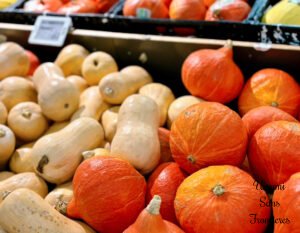
🇯🇵 Japan’s Kuri Kabocha
Kuri kabocha is a beloved pumpkin in Japan, cherished for its chestnut-like sweetness and fluffy, satisfying texture. The Hokkaido-grown Aka-kawa Kuri Kabocha is the most famous, and even internationally, it’s recognized as the “Hokkaido Pumpkin.” Whether used in simmered dishes, tempura, or soups, it’s a versatile staple. Originally brought to Japan from South America by Portuguese explorers in the 16th century, the kuri kabocha found a perfect home in Hokkaido, where it’s now a major crop.
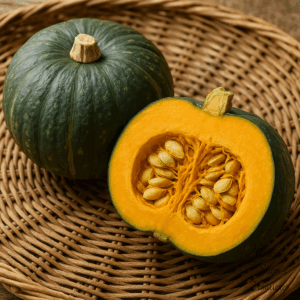
What’s fascinating
is how this culinary exchange has come full circle: pumpkins that once traveled from Europe to Japan have returned in new forms to Germany and France. It’s a reminder of how history and the world stay connected, continuously weaving together through food.
On a personal note, I find Japanese pumpkins to be sweeter and fluffier than their German and French counterparts, making them perfect for simmered dishes. On the other hand, the Hokkaido pumpkins found in Germany have a slightly higher water content, which makes them ideal for gratins, soups, and roasted dishes.
Nutritionally speaking,
all three types of pumpkins are packed with vitamin A (beta-carotene) and dietary fiber. They’re low in calories yet high in nutrients, making them great for boosting immunity, promoting healthy skin, and aiding digestion—a true superfood for the body!
Lastly, over on “Umami Sans Frontières,” I’ve shared some delicious recipes using these pumpkins. This is the perfect season to give them a try! In our home, my eldest daughter especially loves these dishes:
🇩🇪Pumpkin and Apple Soup – Kürbissuppe mit Apfel 🎃
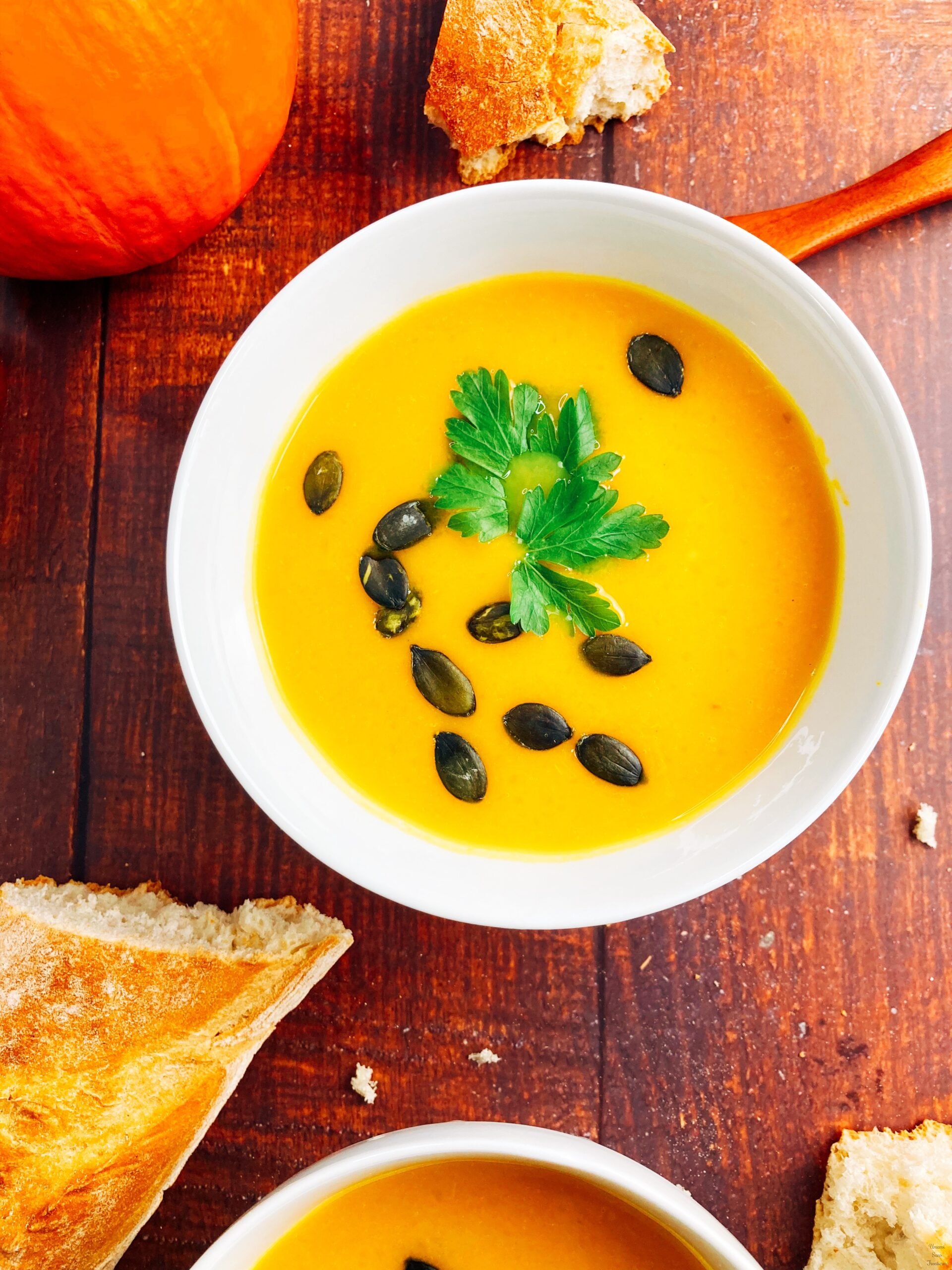
🇫🇷 Biscuit dough pumpkin tart – Tarte au potimarron 🎃
